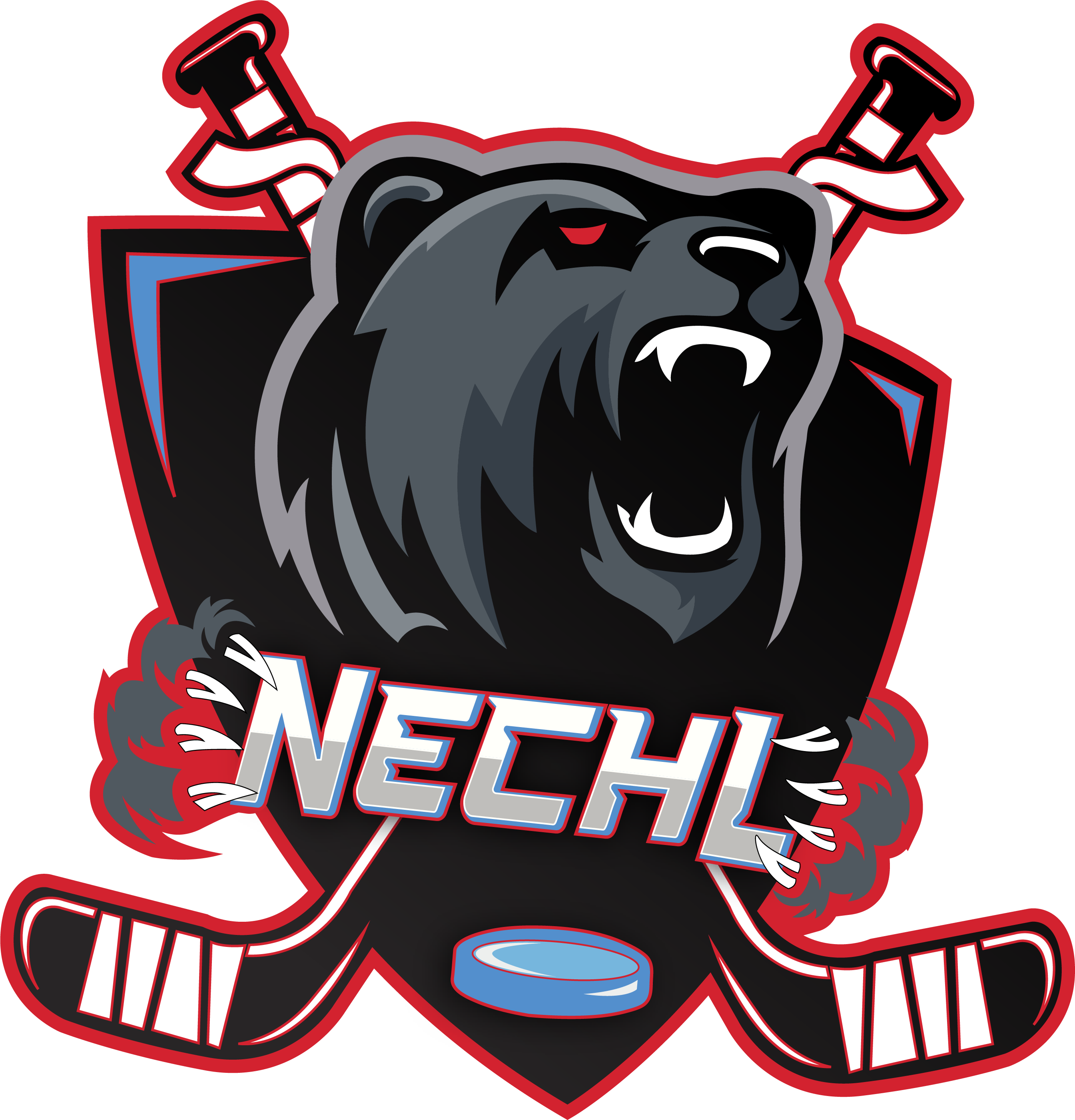From College Hockey News
By Tyler Kuehl
If you were to ask the players at Lindenwood to describe head coach Rick Zombo in one word, you would probably hear: articulate.
“[Zombo] has his own way of doing things,” junior forward David Gagnon said. “He is articulate and detailed on the things he likes to point out.”
That is how the former NHL defenseman has run the program since 2010, taking a club program to varsity status, though he is doing it in a different manner.
Zombo helped put together two American Collegiate Hockey Association championship teams. The last came in 2022, a title they won on home ice. A few days later, the school announced the team was moving to the NCAA D-I ranks.
While building a program in six months sounds tough, and might lead to a team loaded up with transfers and freshmen, Zombo and the Lions were prepared.
Before the 2021-22 season, they brought in a wealth of talent, anticipating the jump to the NCAA. In doing so, a core was created. There are still eight players from that final ACHA team on the current roster, and Zombo says he kept those players around because he trusted them.
“To have players that knew me, and I knew them,” Zombo said. “I think that’s the most important thing when it comes to coaching.“
Gagnon, who led the Lions in scoring last season, points out the one year at the club level built a camaraderie that made the transition to NCAA status easier.
“Getting to know one another in that first year was probably helpful. … As a player, it is easier to compete when you have a coach who believes in you, and I think that we’ve all had that sort of support.”
The Lions did have seven transfers on their roster last season, down to just four in year two. Comparatively speaking, Long Island had 12 transfers on its inaugural roster in 2020-21, while St. Thomas boasted 13 when it made the jump from NCAA D-III the following season. This year’s Augustana roster holds 15 players who came from other schools.
“The philosophy that our coaches have taken toward building our program,” Gagnon said. “is establishing a foundation of players that can carry it in the long run. I think that’s what they’re going to continue to do.”
While some new programs have shown immediate success by bringing in players from the outside, Zombo believes building the program from within will lead to its longevity.
“I think so much about hockey, the tradition of hockey as well as the long-term survivability, if not excellence, of St. Louis D-I hockey,” Zombo said. “It’s very important to me. It’s not worth anybody’s effort to not make it ‘staying power.’”
Another player from the final ACHA season is Kyle Jeffers. A transfer from AIC, Jeffers has been a big part of the team’s offense. He says playing for a coach with such a wealth of NHL knowledge was a tipping point in him coming to Lindenwood.
“With his experience, he gives a lot of tips that you might not get elsewhere. His little nuances, I find beneficial, and the little things he teaches us because he played for so long, it goes a long way,” Jeffers said.
In the recruiting process, Zombo explains that he goes after players who will fit in with the current group and future teams. He is not a fan of bringing in, as he describes, the “one and done” prospects.
“When you recruit high-end players, you need high-end players to play with them. Otherwise, you may as well give them a canoe paddle. So, I want to make certain the connectivity [between players] is very apparent,” Zombo said.
When breaking down the Lions’ 26-player roster, one thing is apparent: they are big. Thirteen players stand 6-foot-2 or taller. This is by design. Having big players dates back to Zombo’s days running the club team. The 6-foot-1 coach also says he wants players with excellent hockey sense, a factoid noticed by his players.
“Smart and being aware is a big thing for him,” Jeffers said. “In the offense and defensive zones, being able to make plays without the puck. It’s a bit different from certain places, but I think it’s beneficial.”
People on the outside might think very little of the Lions’ record thus far, winning just seven games in 2022-23, starting off 3-13-2 this season. However, Zombo has admired how his teams have competed, but also how they have been proving that they belong.
“My players dig deep every game,” Zombo said. “To prove to themselves that they’re a D-I player. That’s why we’re competitive.”
It is also worth noting half of their 28-game schedule this season is against top-20 Pairwise teams, having just finished up a stretch of four games against Western Michigan. Zombo says the tough slate was not created by accident.
“It is by design. Not only are we geographically located for [Big Ten and NCHC teams], but I want to play the best, and the coaches of those teams understand the value of opportunities.”
On top of building a winning team, one of the other goals of the Lions’ program is to continue to grow the game in the great St. Louis area. While one of Zombo’s former teams, the St. Louis Blues, has traditionally stayed in the limelight, he says there is an untapped market that will help hockey flourish.
“It’s very important to have [college hockey] to help nurture, not only the growth of hockey in St. Louis, but also to have something attainable for these players to want to play. There’s nothing better than playing pro in your hometown. Probably second to that, to play for your home university.”
The Lions’ schedule is not getting any easier; they head to Madison for a pair of matchups with Wisconsin this coming weekend.
(Originally published at https://www.collegehockeynews.com/news/2024/01/09_The-Lindenwood-Way.php)
































